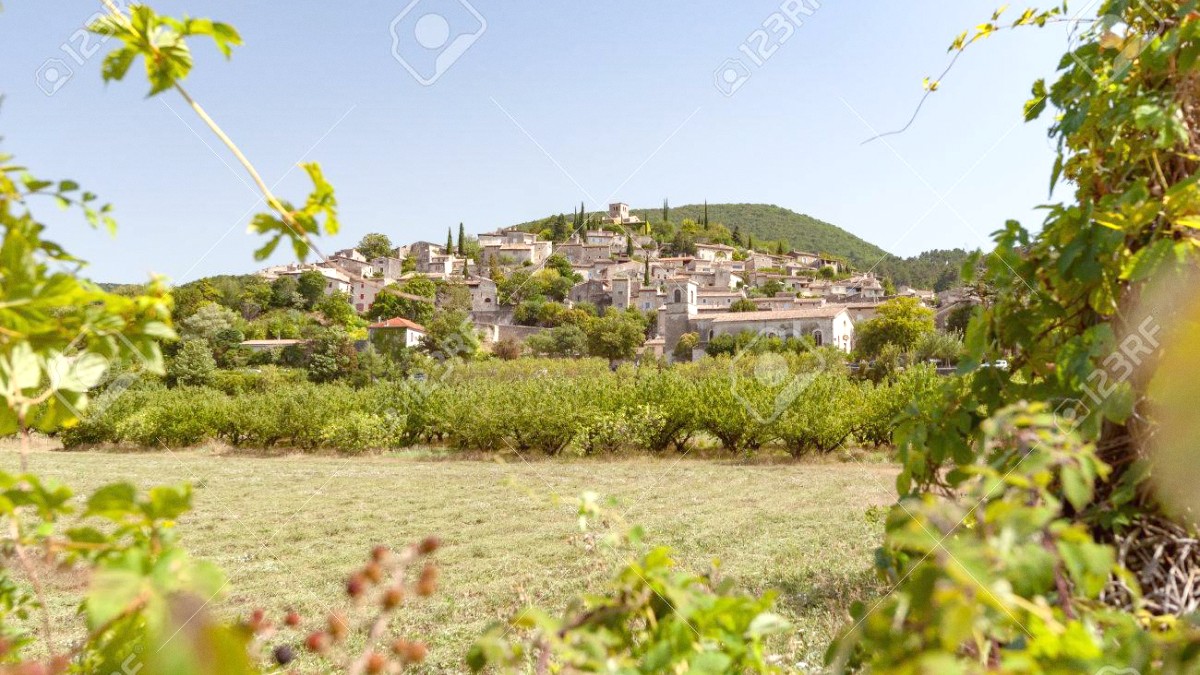
Umbria And Le Marche, Italy
Assisi rises gracefully on the western flank of Monte Subasio, a mountain forming a natural backdrop to the town's medieval architecture. This elevated position yields dramatic, sweeping views of the surrounding Umbrian countryside, a landscape of rolling hills, olive groves, vineyards, and patchwork fields. The town rests in the province of Perugia, about 19 kilometers (12 miles) east of Perugia, the regional capital. This central Umbrian location places Assisi within easy reach of other charming hill towns and natural attractions, a convenient base for regional exploration. The valley below, the Spoleto Valley, stretches out, a contrast of flat plains to the steep, winding streets of the upper town. The interplay of light and shadow on the stone buildings and the distant Apennine mountains consistently visually impress, changing with the seasons and time of day.
Assisi rises gracefully on the western flank of Monte Subasio, a mountain forming a natural backdrop to the town's medieval architecture. This elevated position yields dramatic, sweeping views of the surrounding Umbrian countryside, a landscape of rolling hills, olive groves, vineyards, and patchwork fields.
The town rests in the province of Perugia, about 19 kilometers (12 miles) east of Perugia, the regional capital. This central Umbrian location places Assisi within easy reach of other charming hill towns and natural attractions, a convenient base for regional exploration.
Assisi integrates spiritual heritage, artistic wealth, and natural beauty. This overview presents a quick look at the town’s facts, for a swift grasp of its identity and appeal.
The town's enduring spiritual prominence, combined with its preserved medieval character, brings a powerful experience for visitors. Discovering Assisi means traversing a living museum, where every corner and stone murmurs stories of saints, artists, and centuries of faith.
Umbria, Central Italy ("Green Heart of Italy").
Birthplace of Saint Francis, spiritual importance, medieval architecture, Giotto frescoes in the Basilica.
UNESCO World Heritage Site ("Assisi, the Basilica of San Francesco and other Franciscan Sites").
Approximately 28,000 (Comune di Assisi, 2023 estimate).
Approximately 424 meters (1,391 feet) above sea level.
A visit here brings quiet moments and rich cultural experiences, making it a compelling destination for any traveler exploring Italy. The interplay of light and shadow on the stone buildings and the distant Apennine mountains consistently visually impress, changing with the seasons and time of day.
The Basilica, an UNESCO World Heritage site, attests to the artistic and architectural brilliance of the era. It houses the tomb of St. Francis and features an extraordinary cycle of frescoes by renowned artists like Giotto and Cimabue. These artworks are narrative masterpieces, marking a pivotal moment in the development of Western art.
During the Middle Ages, Assisi grew into a spiritual beacon. The construction of the Basilica of Saint Francis, beginning shortly after his death in 1226, transformed the town into a major pilgrimage site.
Assisi is a profound fusion of history, art, and spiritual depth within the Umbrian landscape.
Travel preparation for Assisi means considering several factors to foster a smooth and enjoyable visit. This section details when to go, entry requirements, budgeting, and important health and safety guidelines.
Staying informed about international travel regulations is an important element. Even for visa-exempt travelers, the upcoming ETIAS authorization points to a trend towards more regulated entry processes for the Schengen Area. Watch official government travel advisories for the latest updates on entry policies.
Mild temperatures and blossoming landscapes make April-May pleasant.
Warm weather and extended hours, but expect larger crowds.
Pleasant temperatures and beautiful fall foliage in September-October.
Italy belongs to the Schengen Area, streamlining travel across many European nations. Non-EU citizens typically enter Italy for short stays, up to 90 days within any 180-day period, for tourism or business without a visa. This applies to citizens of the United States, Canada, Australia, the United Kingdom, and many other countries.